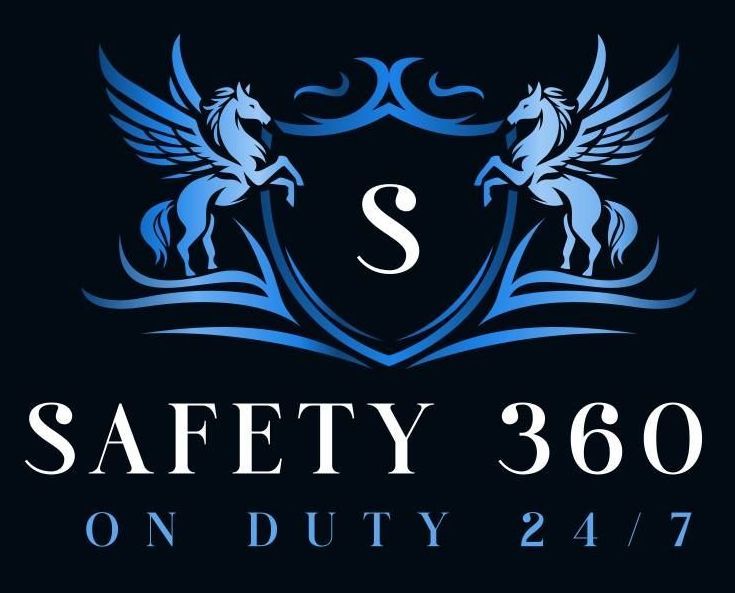
Call Us Today! 845-330-0192
Digital Twin for Churches: Disaster Preparedness
Churches, often historic and architecturally significant structures, are vulnerable to a range of disasters, both natural and man-made—including fires, floods, earthquakes, and active shooter events. By utilizing digital twins, churches can enhance their preparedness for unexpected situations. These detailed, comprehensive 3D models provide an accurate snapshot of the building’s layout, structural details, and valuable contents. This information is invaluable in developing tailored emergency plans, allowing first responders and church personnel to familiarize themselves with escape routes, safe zones, and critical entry points, thus ensuring a more effective response to both natural and human-made threats.
Key Benefits for Churches:
Documentation of Historical and Sacred Artifacts: Many churches house valuable items such as religious icons, stained glass, and historical relics. A digital twin provides a detailed visual and spatial record of these objects, ensuring they are cataloged and preserved in case of damage or loss. Measurements can also be taken directly from the digital twin (in case of disaster planning, etc…. example: how long the pews were, what were the dimensions of the stained glass, the actual dimensions of rooms/the building itself, how tall was the pulpit…….any measurement can be taken accurate to the inch).
Structural and Architectural Preservation:
Older churches often feature unique architecture that can be difficult to restore after a disaster. A digital twin offers an exact, three-dimensional record of the church’s structure, from foundation to rooftop, enabling accurate restoration efforts if needed.
Insurance and Risk Assessment:
In the unfortunate event of damage from a disaster, churches can use their digital twin to streamline insurance claims. The model provides a clear reference of the building’s condition before the incident, simplifying the claims process and ensuring the church receives appropriate compensation.
Disaster Recovery Planning:
Having a digital twin allows churches to simulate potential disaster scenarios and develop effective recovery plans. For example, fire departments or emergency planners can virtually explore the building beforehand, planning the safest routes for evacuation or assessing areas at high risk for damage.
Remote Access for Evaluation and Analysis:
A digital twin allows church leadership, architects, insurers, and other stakeholders to access the building remotely, whether it’s for disaster preparedness, renovation planning, or simply documenting historical preservation efforts.
Using digital twin technology, churches can protect not only their spaces but also their rich history and sacred contents. A digital twin captures the building as it is at a specific moment, creating an invaluable record that can be accessed, analyzed, and utilized for various purposes—including disaster preparedness. In the face of unpredictable natural disasters, having a digital twin allows for more effective recovery, planning, and preservation, ensuring that churches remain intact for future generations.
CONTACT DETAILS
Phone: (845) 330-0192
Address: 181 Ridge Rd, Marlboro, NY 12542
Mailing Address: PO Box 42 Milton, NY 12547
BUSINESS HOURS
- Mon - Sun
- Open 24 hours
OUR LOCATION
CONTACT DETAILS
Phone: (845) 330-0192
Address: 181 Ridge Rd, Marlboro, NY 12542
Mailing Address: PO Box 42 Milton, NY 12547
BUSINESS HOURS
- Mon - Sun
- Open 24 hours
CONTACT DETAILS
Phone: (845) 330-0192
Address: 181 Ridge Rd, Marlboro, NY 12542
Mailing Address: PO Box 42 Milton, NY 12547
BUSINESS HOURS
- Mon - Sun
- Open 24 hours